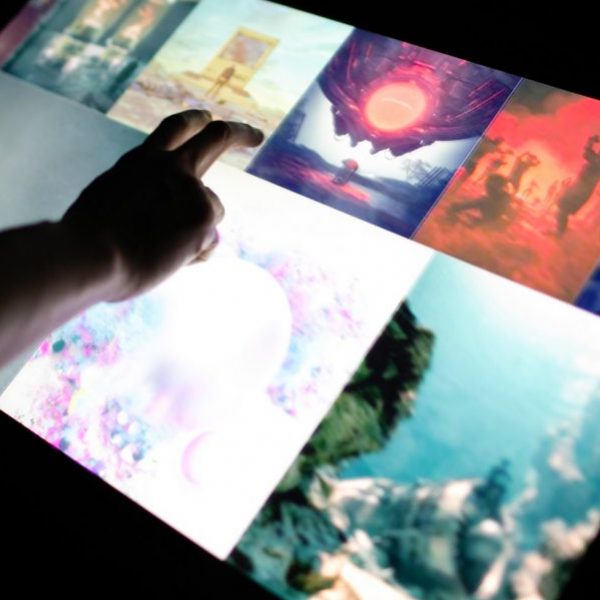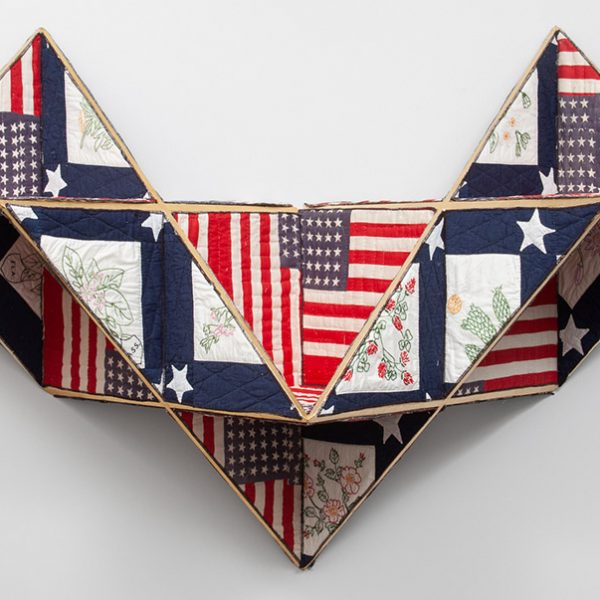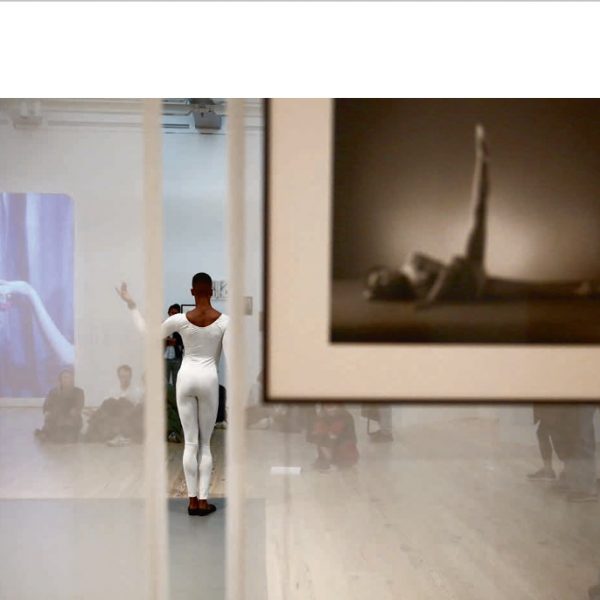Notes from the Field: Whitney Biennial 2012
An important, and critically well received, component of this year’s Whitney Biennial is an adeptly curated roster of performance pieces and a frequently updated schedule of film screenings. Punctuating the exhibition’s expected fare of painting, sculpture, photography and installation, these elements of sound and movement serve to readjust and reengage the expectations of its audience; so too have they seemingly eluded the cynical proclivities of those who awaited the show’s March 1st opening, coiled tightly and ready to pounce.
 The Museum’s fourth-floor Emily Fischer-Landau Galleries serve as an invested performance space. Film is allotted dedicated space on the second floor in a screening room that remains accessible to museum goers as films play on schedule, resulting in a flux as people traffic themselves between the luminescent din of the outside gallery and the focused stillness of the audience inside the darkened theater. A performance unto itself, perhaps, or at least quiet commentary on the act of viewership within the curated space of a museum show. As disruptive as it might be to have ones attention turned from the screen to the crowd shuffling in through the door, and out again a moment later, this interaction between the hermetic space occupied by the theater audience, rigid and silent in folding chairs, and the volubility of visitors moving through the galleries and passing commentary is actually a great testament to film’s role, and its restrictions, within the Biennial.
The Museum’s fourth-floor Emily Fischer-Landau Galleries serve as an invested performance space. Film is allotted dedicated space on the second floor in a screening room that remains accessible to museum goers as films play on schedule, resulting in a flux as people traffic themselves between the luminescent din of the outside gallery and the focused stillness of the audience inside the darkened theater. A performance unto itself, perhaps, or at least quiet commentary on the act of viewership within the curated space of a museum show. As disruptive as it might be to have ones attention turned from the screen to the crowd shuffling in through the door, and out again a moment later, this interaction between the hermetic space occupied by the theater audience, rigid and silent in folding chairs, and the volubility of visitors moving through the galleries and passing commentary is actually a great testament to film’s role, and its restrictions, within the Biennial.
A recent highlight were four short films by Bilbao-born, Los Angeles-based artist Laida Lertxundi, who shoots in 16mm film and captures gorgeous long takes of the southern California landscape (itself a stand-in for the idea of Hollywood, narrative film, genre Westerns and the like). Lertxundi plays with framing such that perceived narrative action occupies only the very corner of a shot and resembles the castoff from a series of Kodachrome vacation photos, the snapshot snapped just as the subject shifted out of range. In Footnotes to a House of Love a woman, whose face is never shown, passes through a decaying desert cabin. A screen door closes behind her and is accompanied, after a second’s pause, by the off-screen sound effect of something like a firecracker or pistol, entirely too loud for the closing of a door (Lertxundi was inspired by a course on Westerns at CalArts when she started making the film and wanted to replicate, in certain form, the genre’s use of soundtrack). Viewers may feel that they are not getting the full story, but Lertxundi herself has suggested that there isn’t necessarily one story to give. The tension that builds from audience’s expectation for plot lends an air of overcharged curiosity and frustration that greatly inform the viewing experience, causing the eye to focus on images that belie their importance. Lertxundi’s films play with this experience, and with the idea of the literally missing the point, questioning what counts as worthwhile viewing. In Llora Cuando Te Pase (Cry When it Happens) a boxy television screens static that captivates two people sitting passively, and, one imagines, slack-jawed, in a motel room at sunset. Later the same television appears at the foot of a mountain range at dusk and captivates Lertxundi’s audience, perhaps despite our better judgment, despite the scenic backdrop.
It’s important to note that film and video are hardly new parts of the Biennial and that this year’s Biennial features filmic elements that aren’t treated as proper screenings (for example, Wernor Herzog’s installation in which the work of 17th century Dutch artist Hercules Segers is shown in floor-to-ceiling projections). That said, the inclusion of scheduled screenings is new and exciting. The work of a rotating cast of film makers and video artists is shown for several days at regular intervals and capped off by a conversation between curators Thomas Beard and Ed Halter, critics (J. Hoberman talks to filmmaker Thom Anderson later this month) and writers (Lynne Tillman, a master of experimental fictional form, is set to interview Moyra Daveys on April 15th) and the requisite audience Q and A. The resulting spirit of participatory mingling among museum goers and artists and among the visual and textual creative processes, infuses the Biennial with a wonderful contemporaneity, a living quality that reaffirms art’s important role as a site and source of intellectual exchange, political engagement, etc. Perhaps most importantly, the introduction of these screenings, talks and performances draws visitors back to the museum for multiple visits, to mold the Biennial itself into the sort of living, breathing cultural behemoth that encourages dialogue, a back and forth rather than a single closing remark once you’re out the door.
The Whitney Biennial 2012 catalog , edited by Elisabeth Sussman and Jay Sanders, is available now from Yale University Press.



